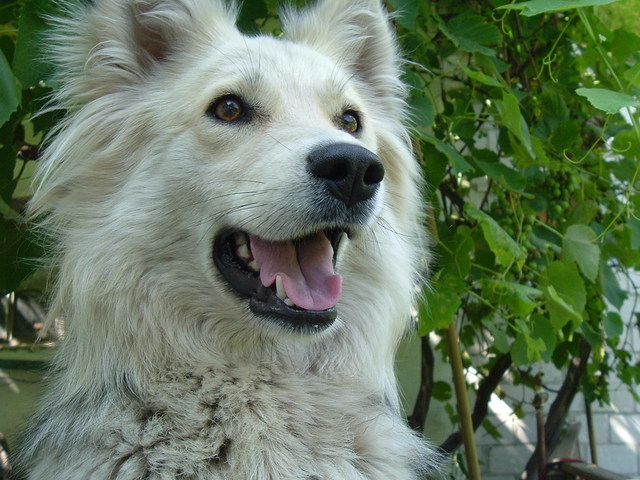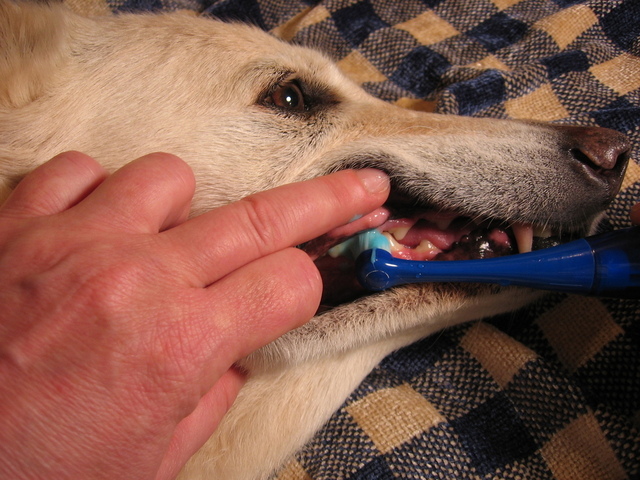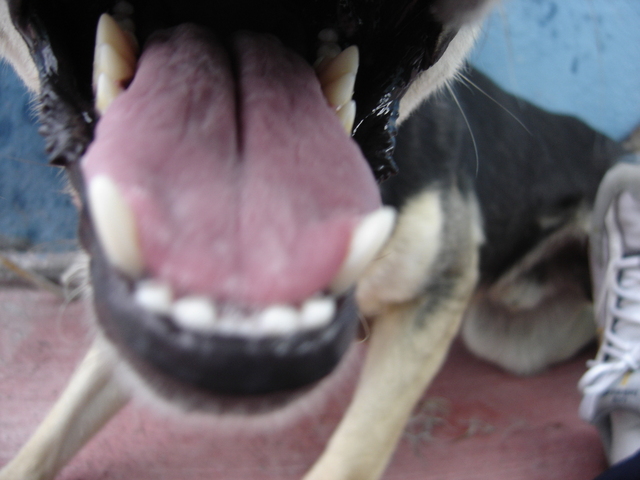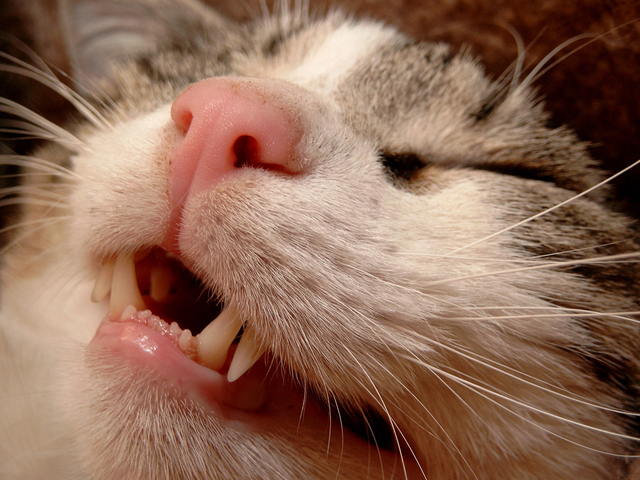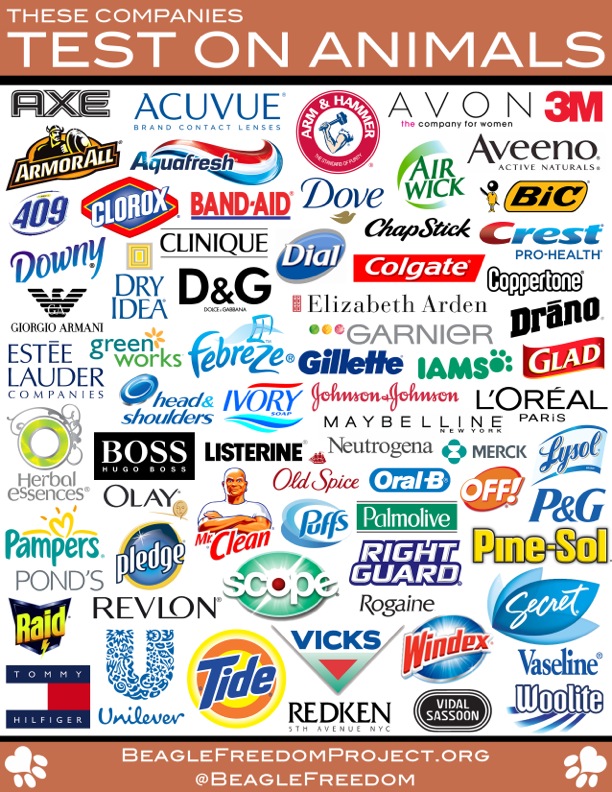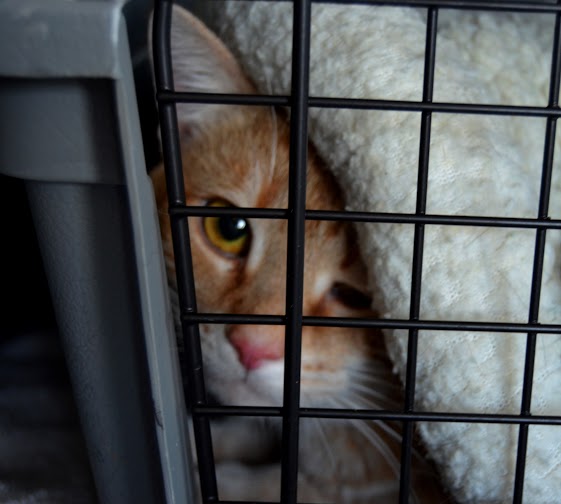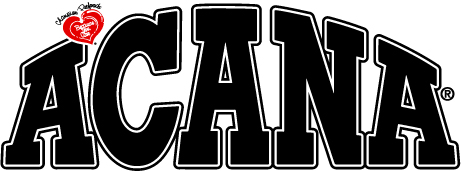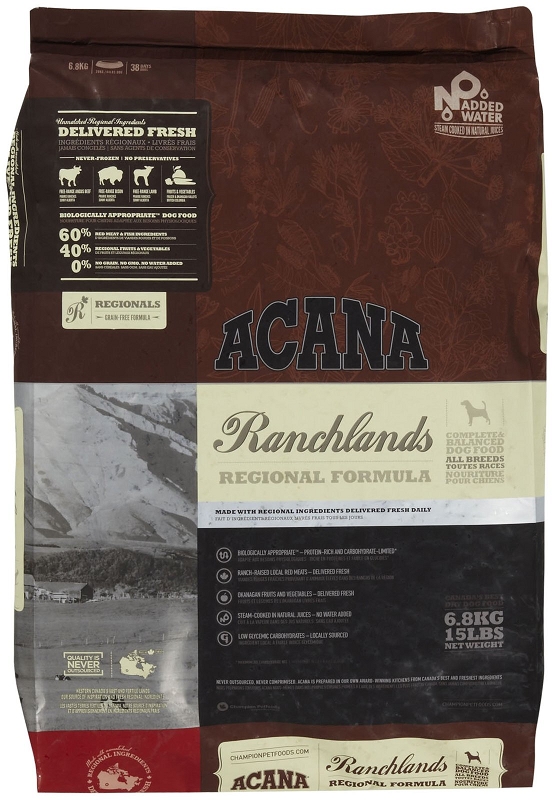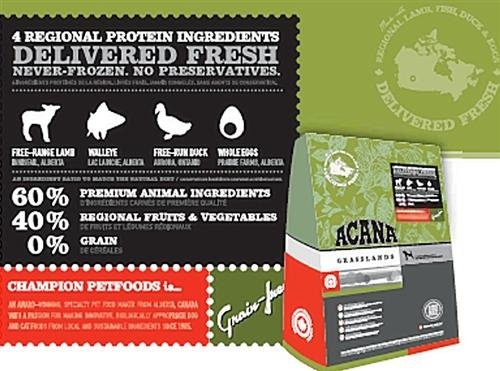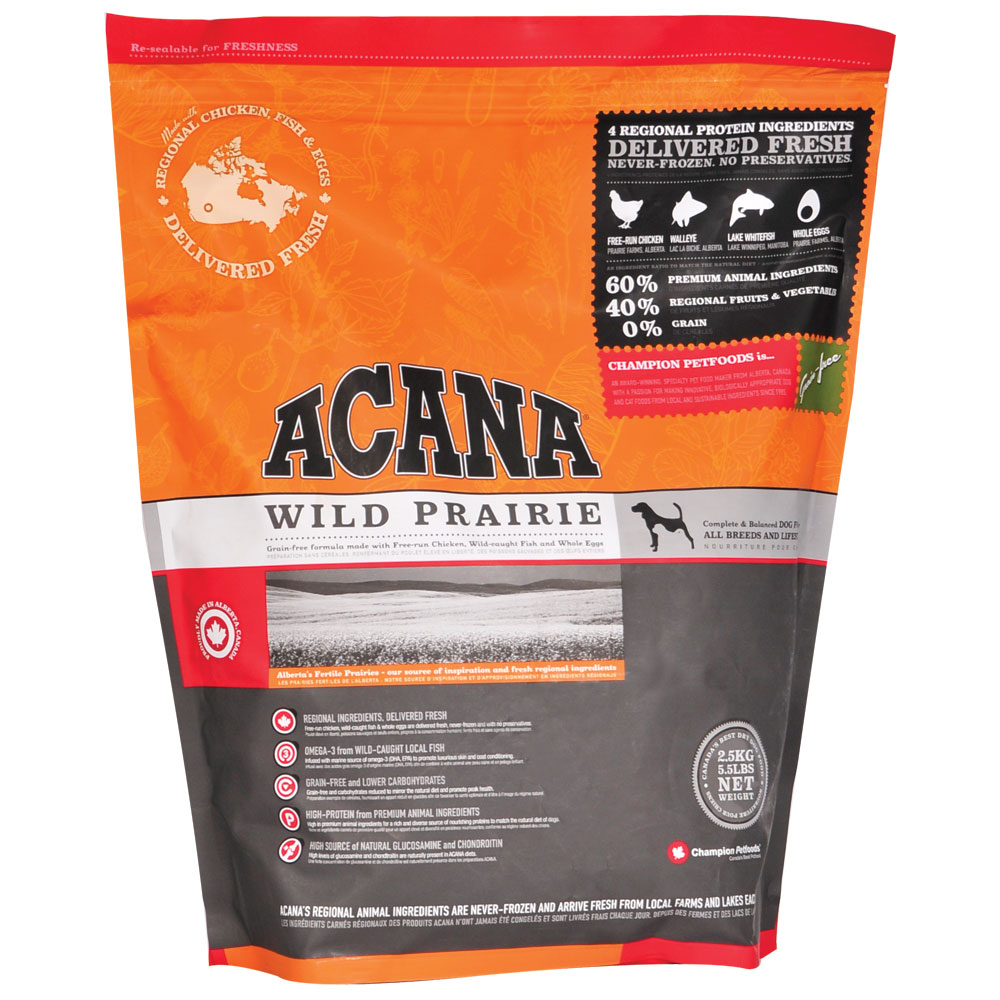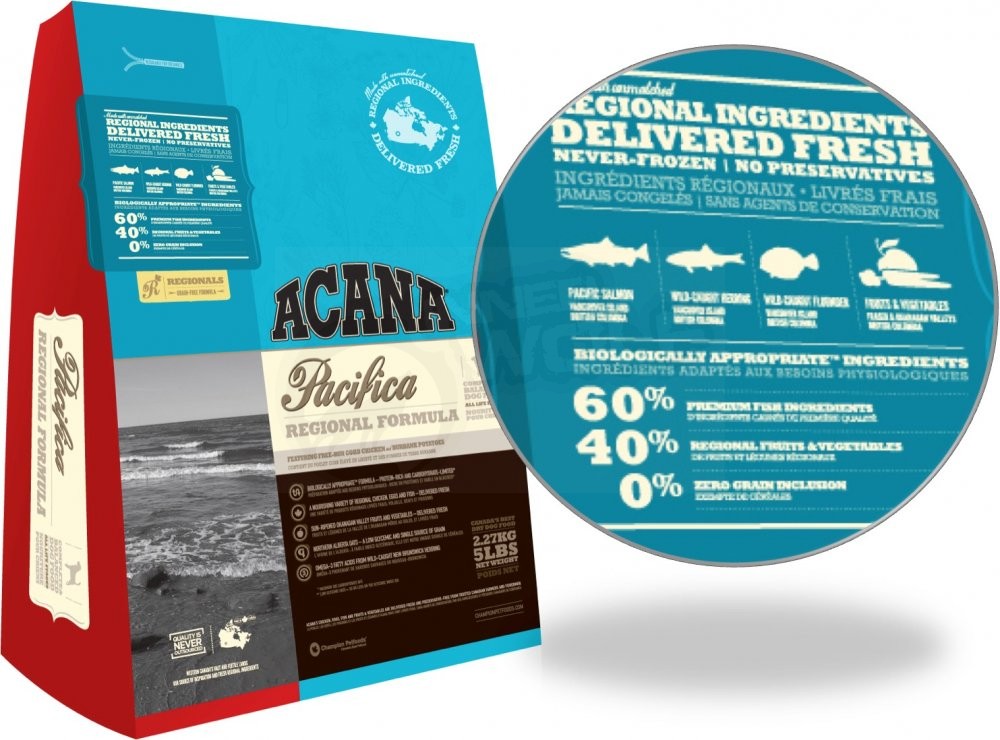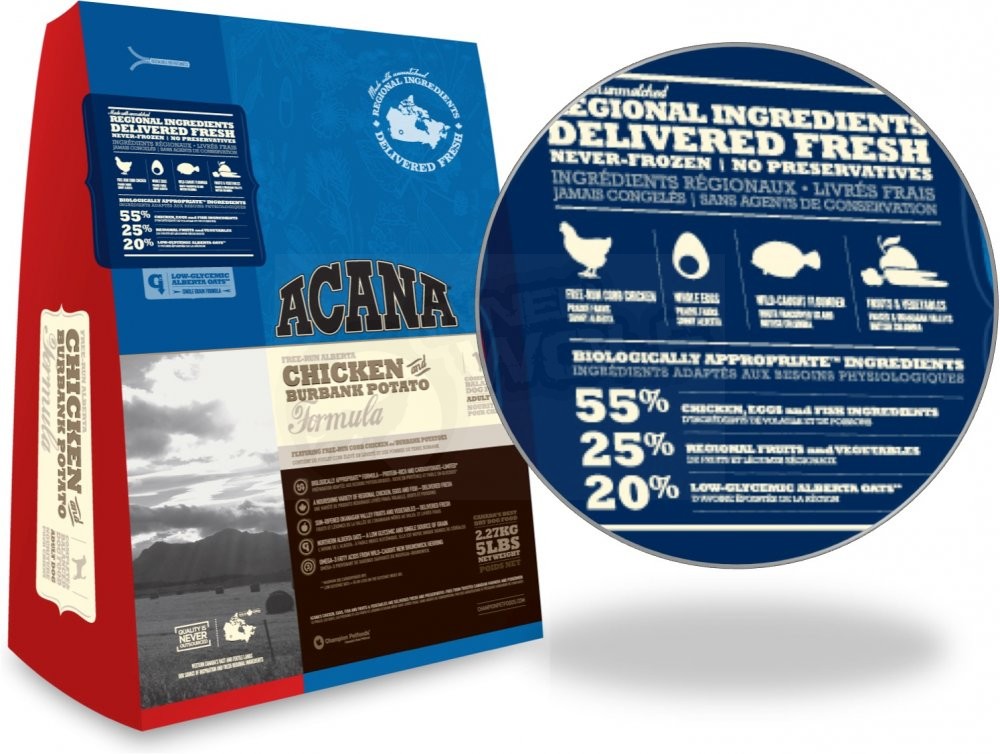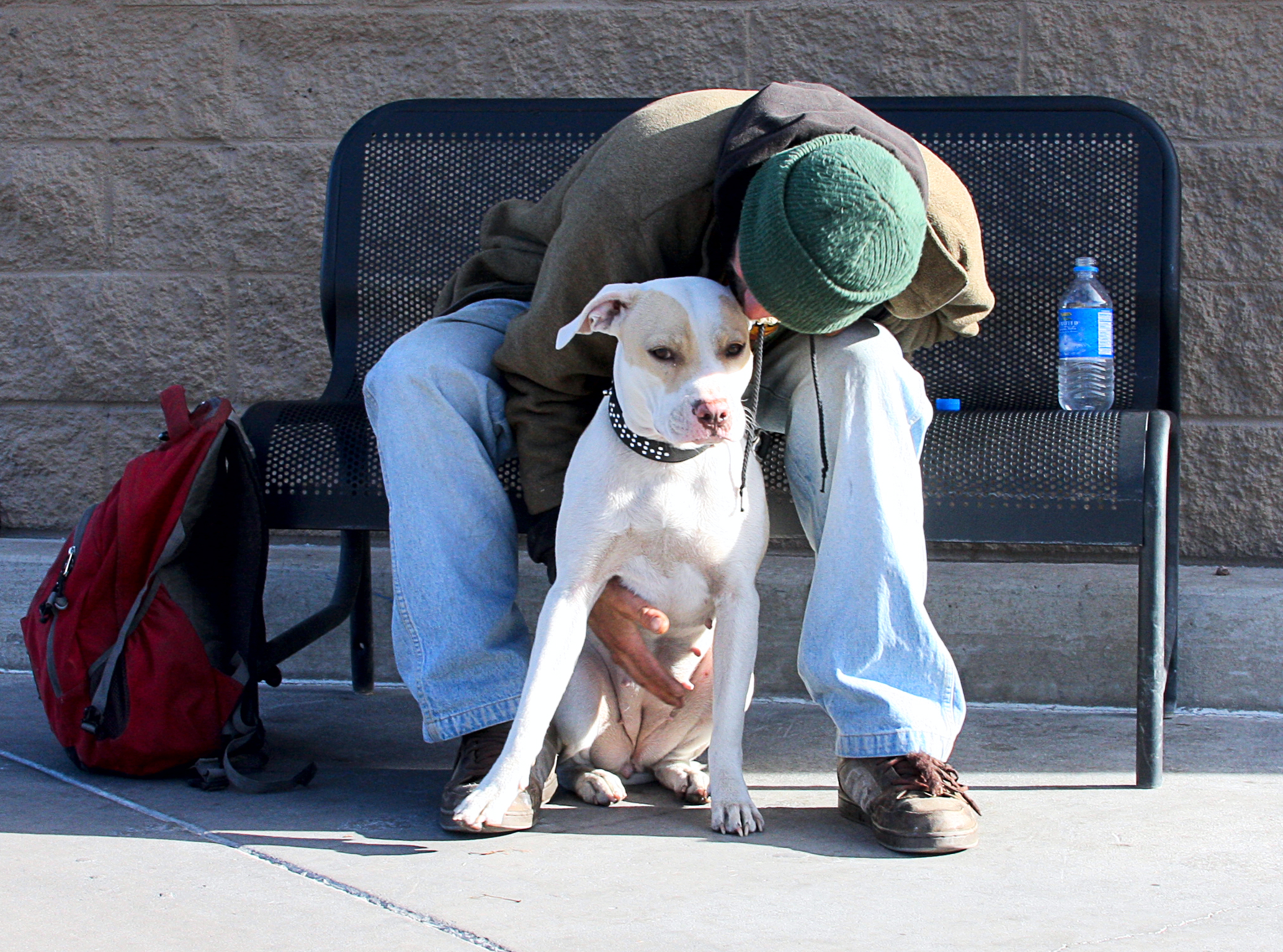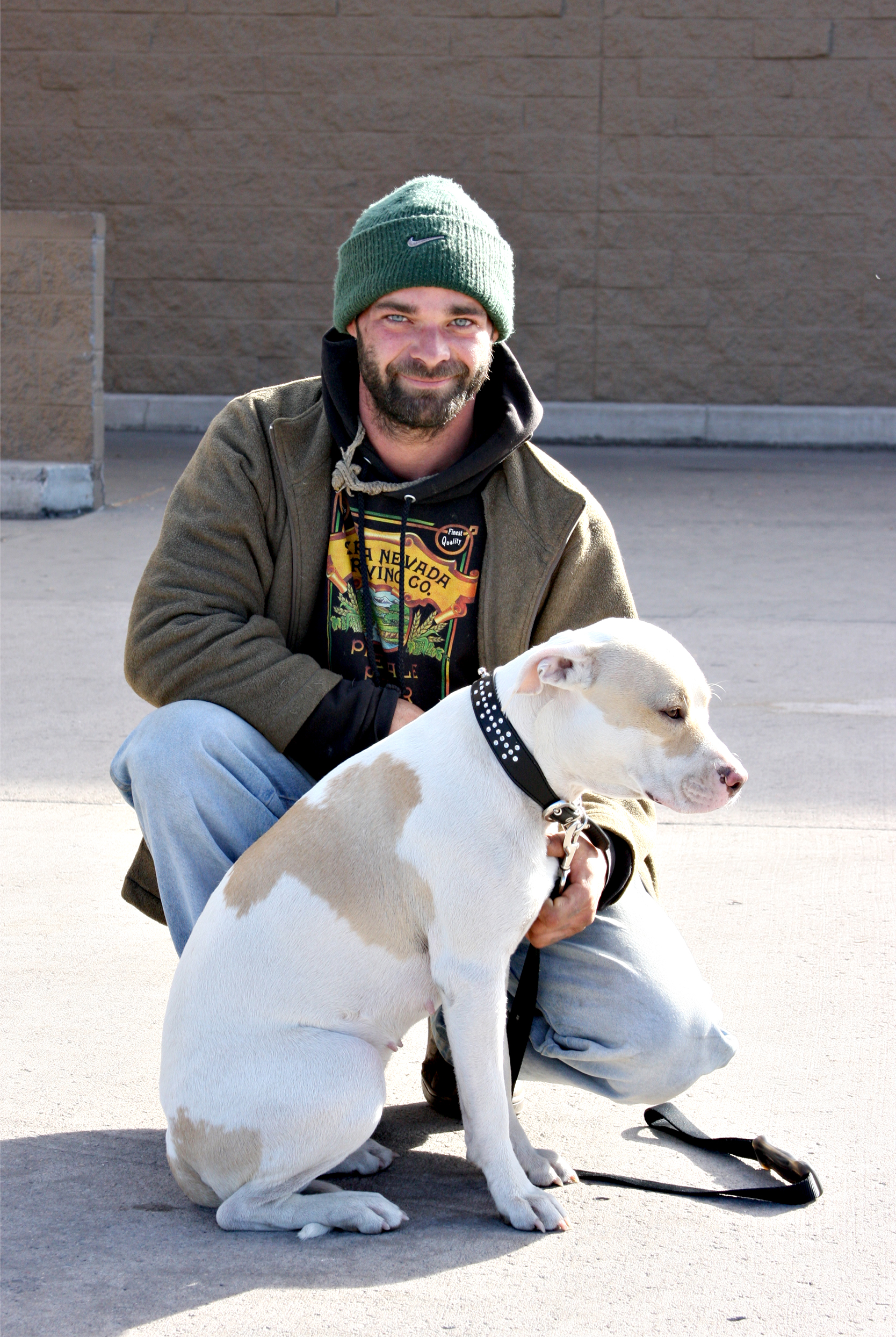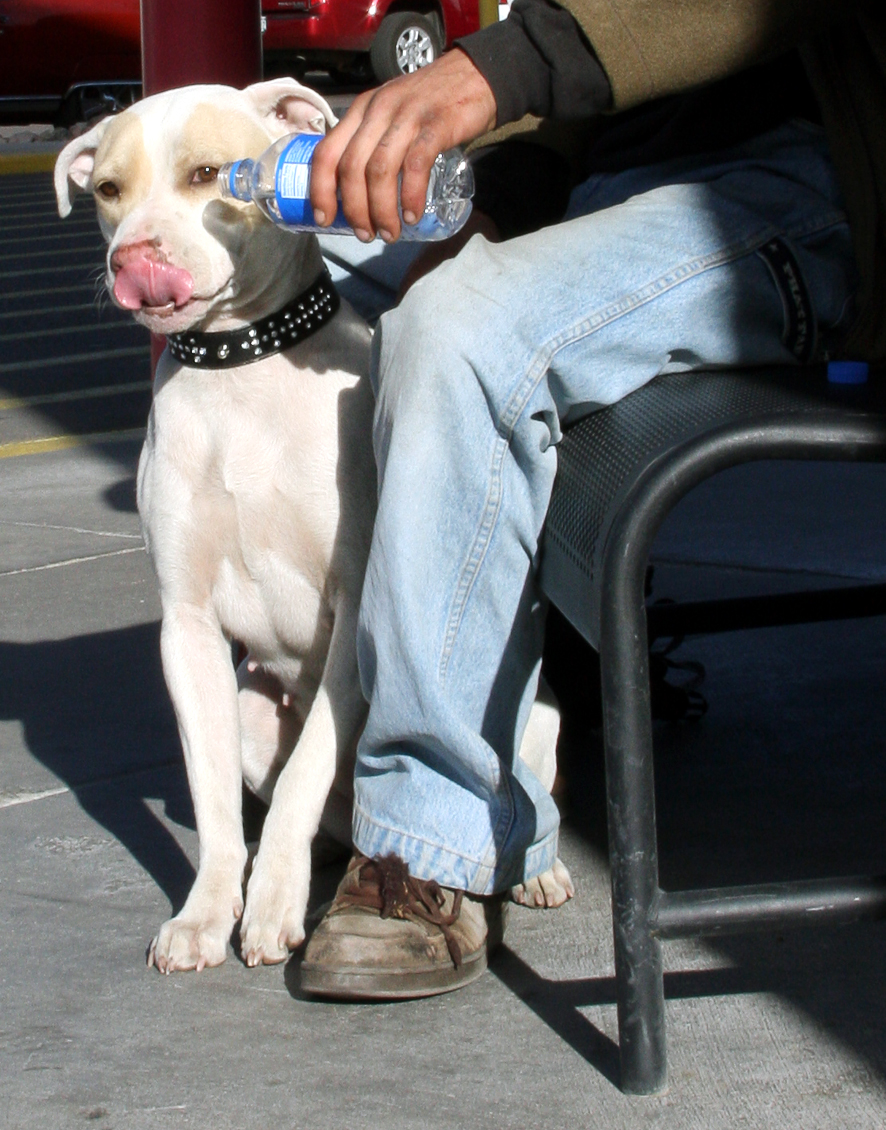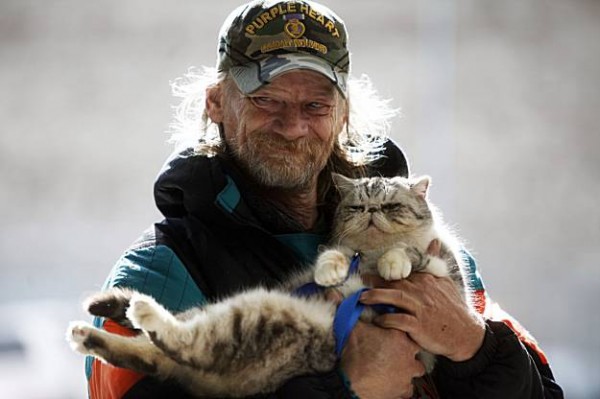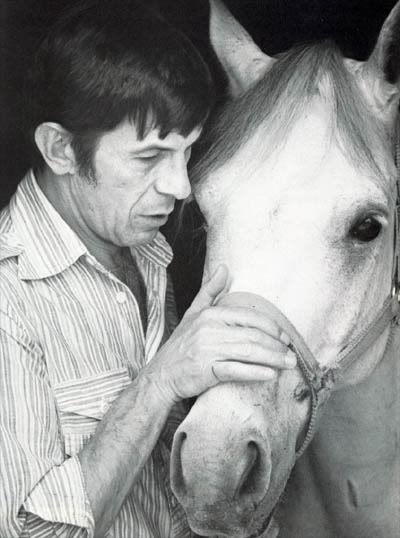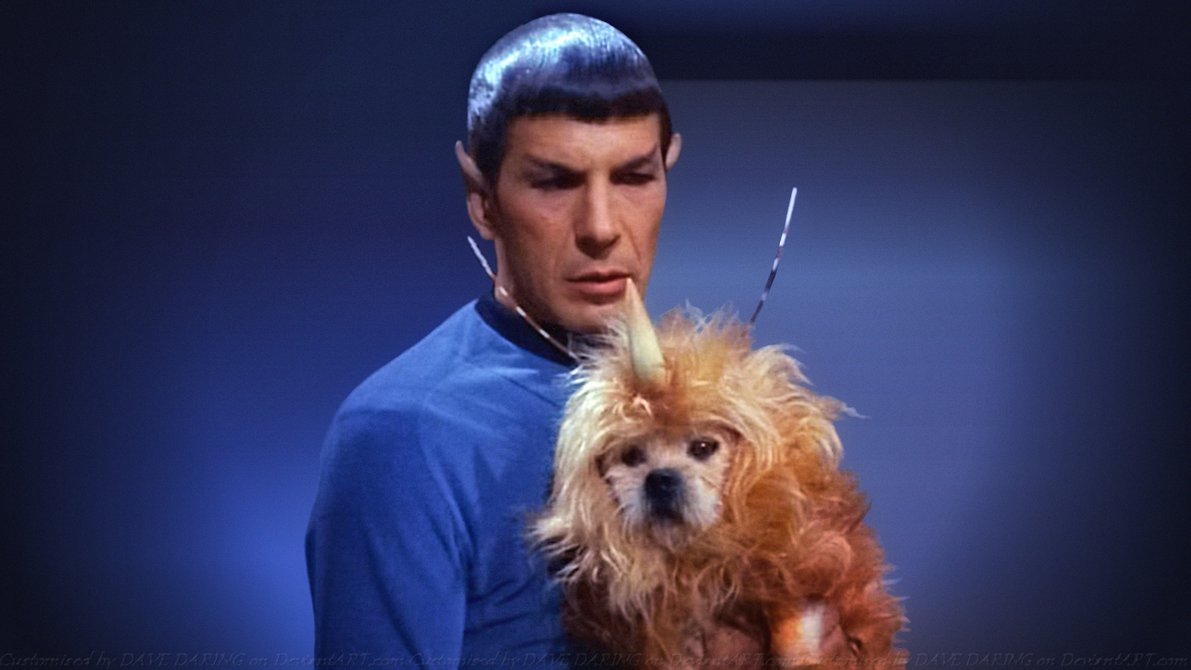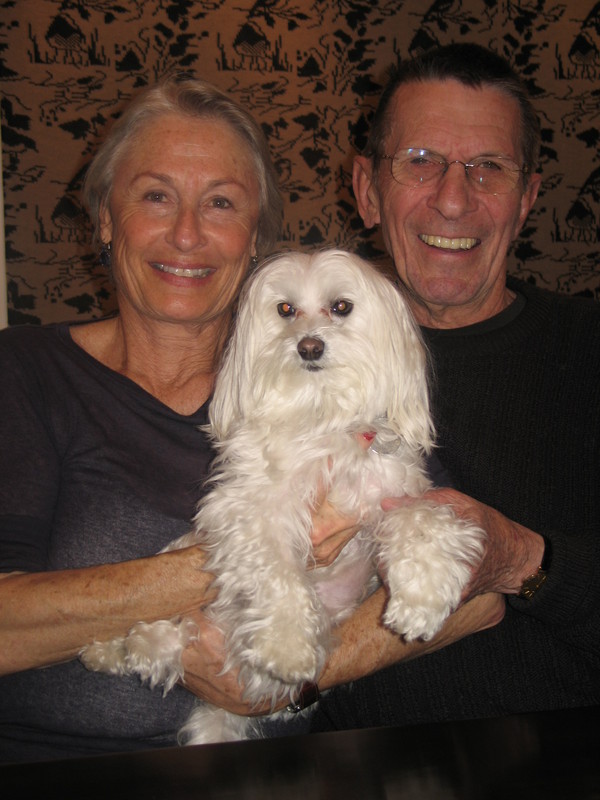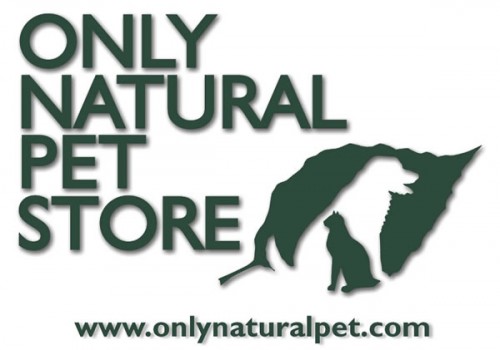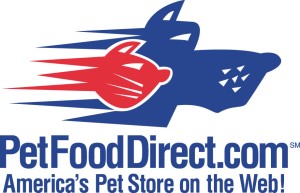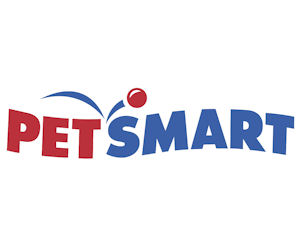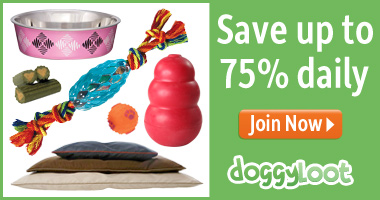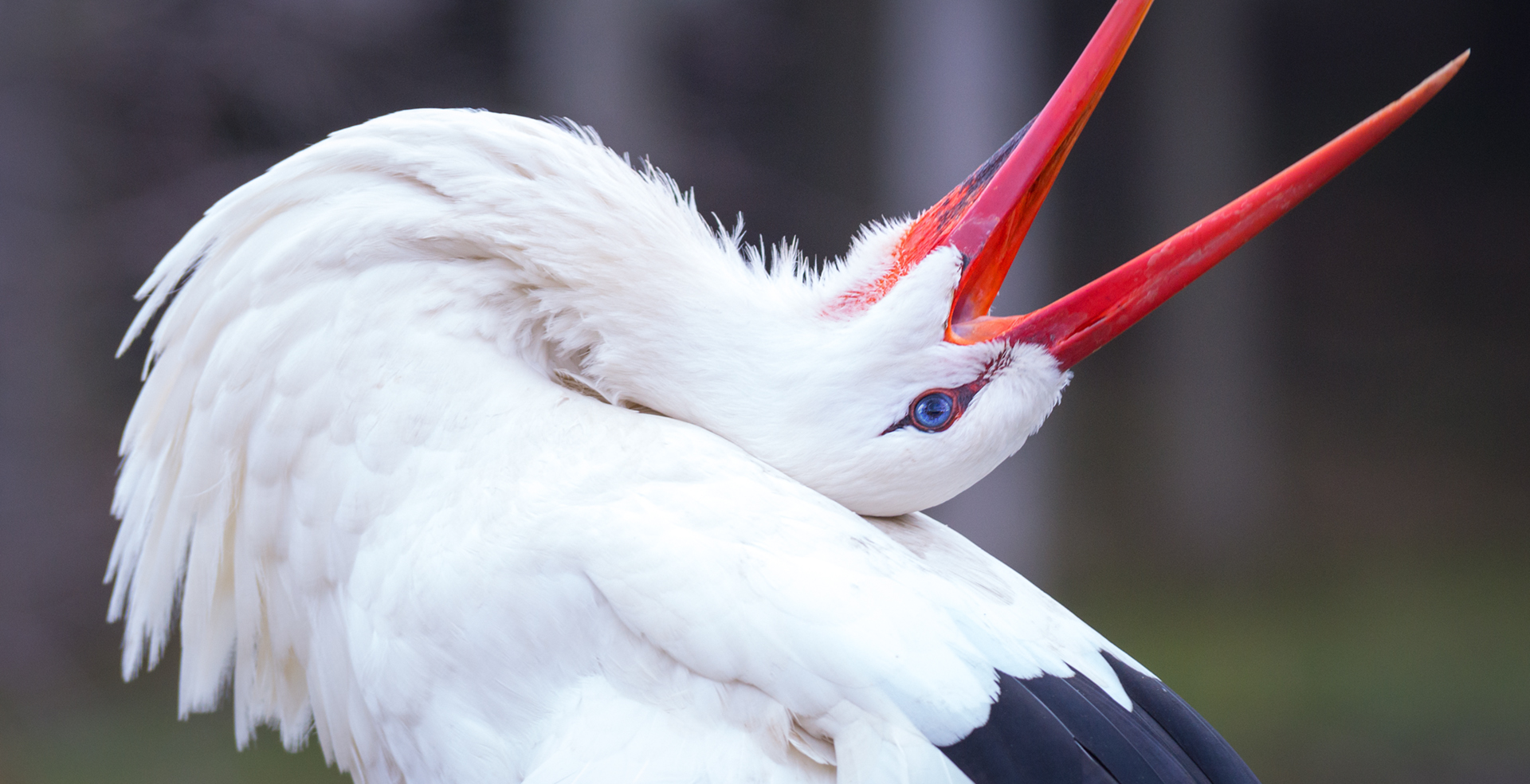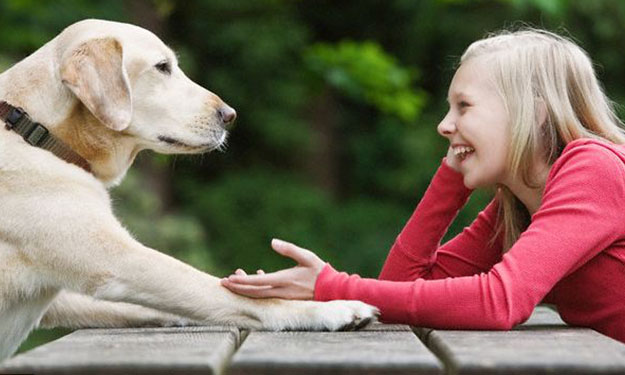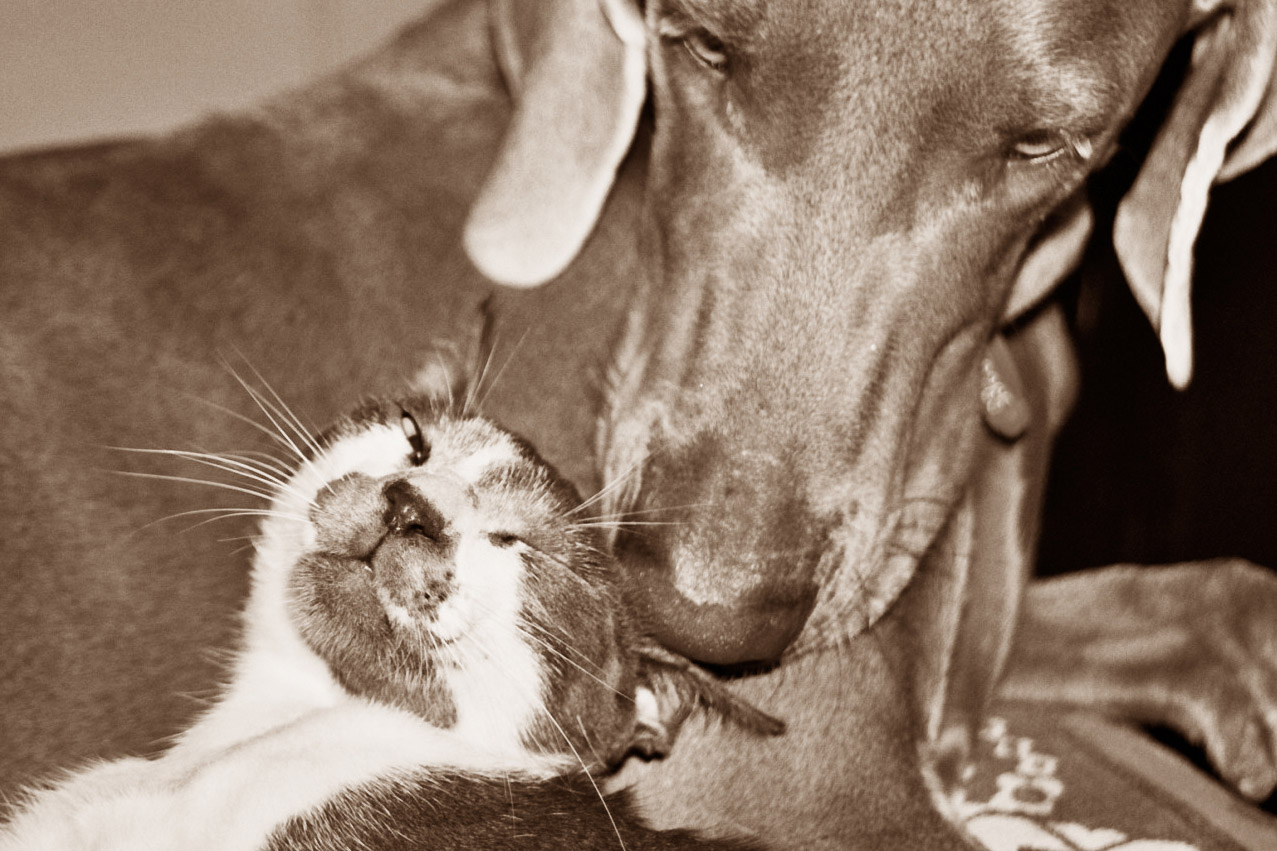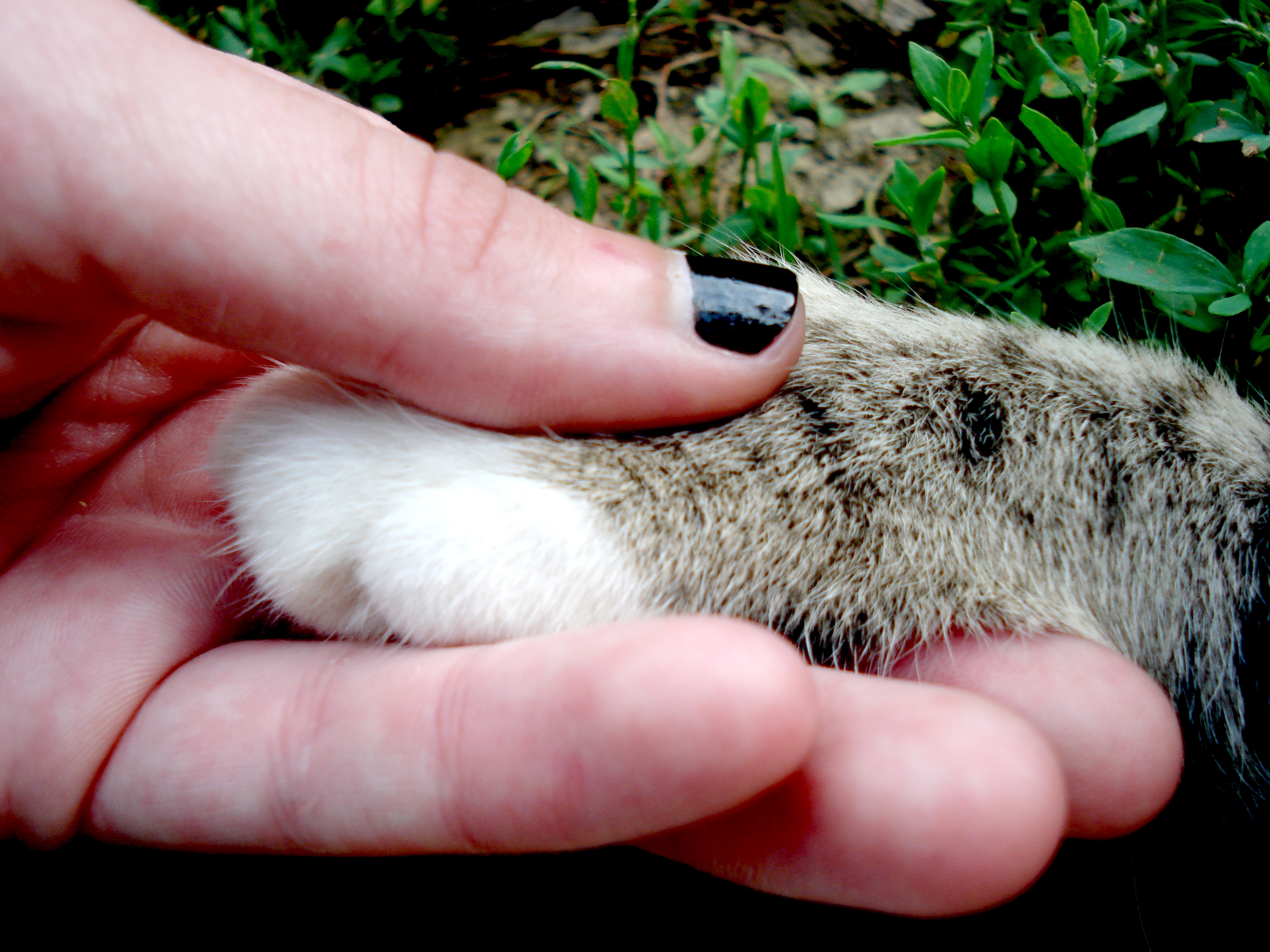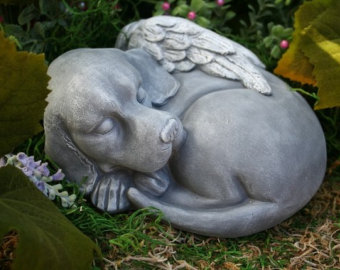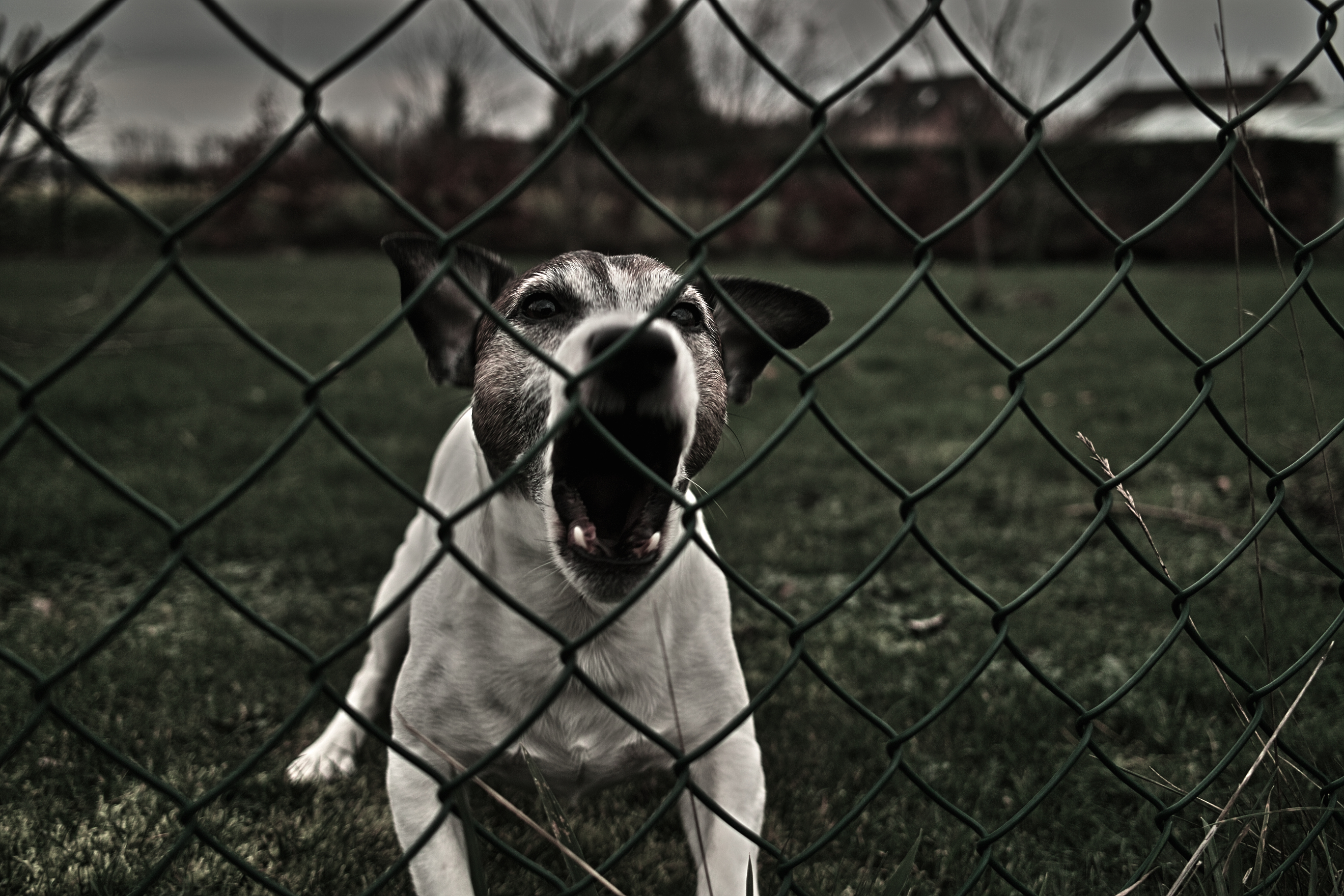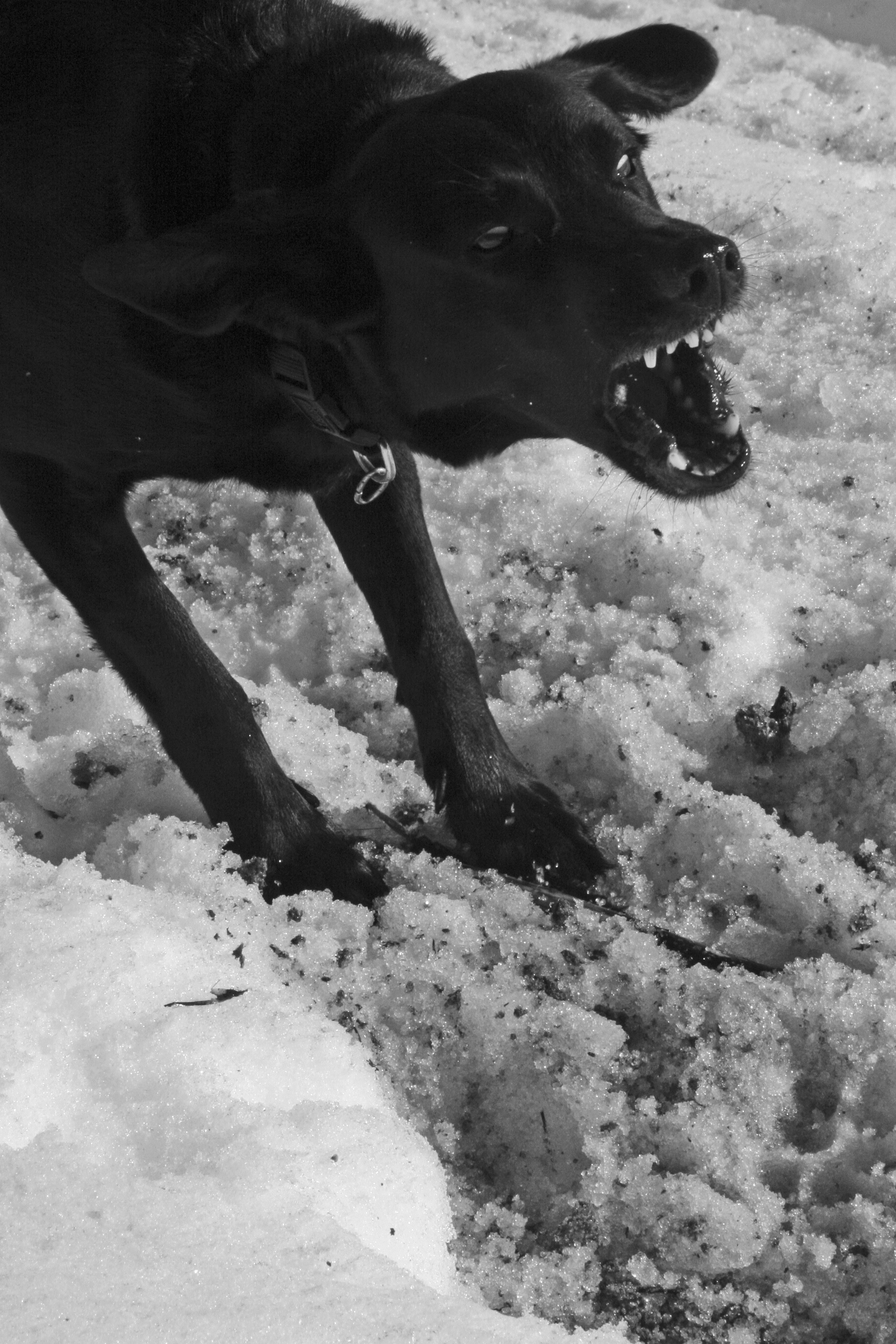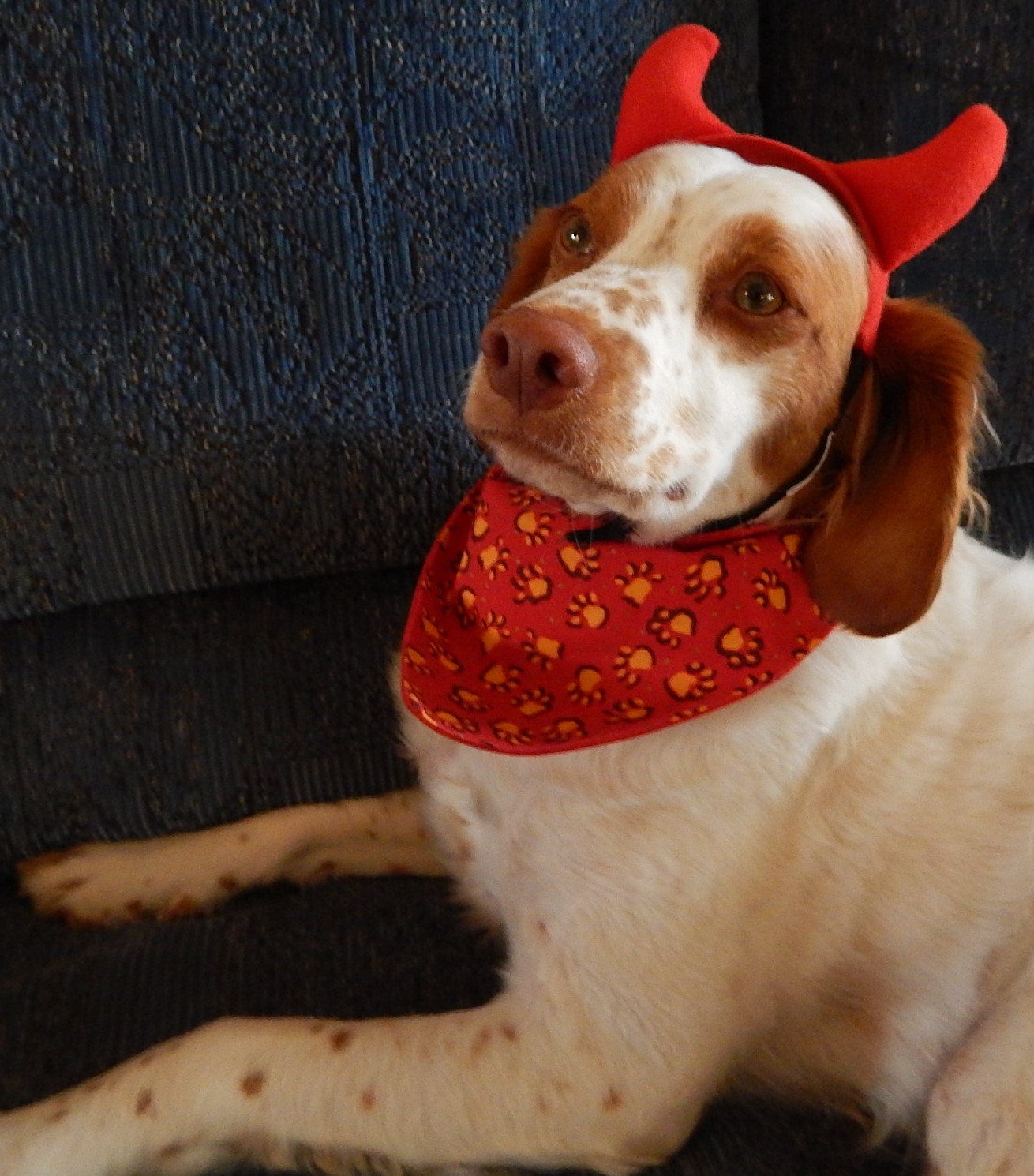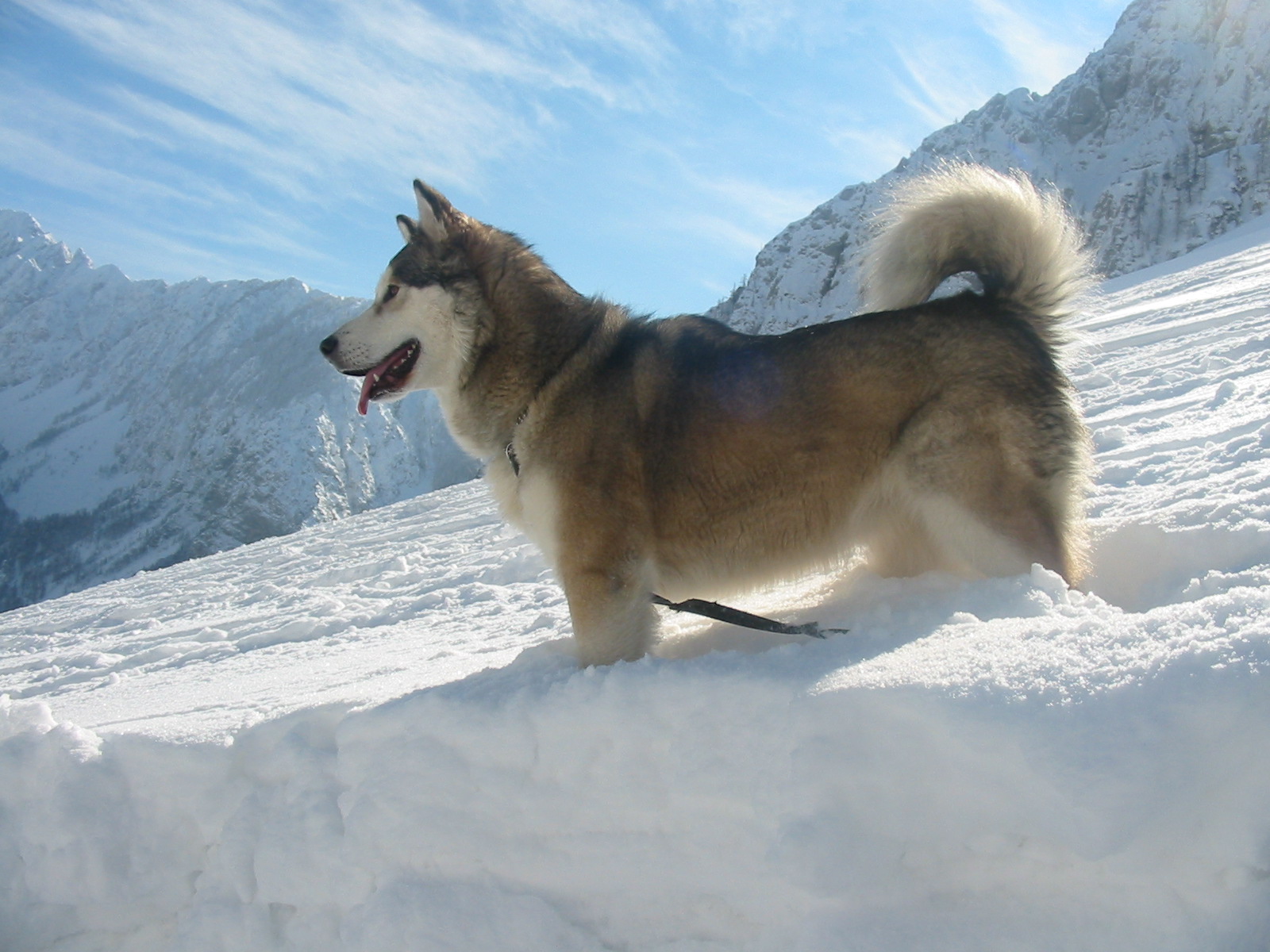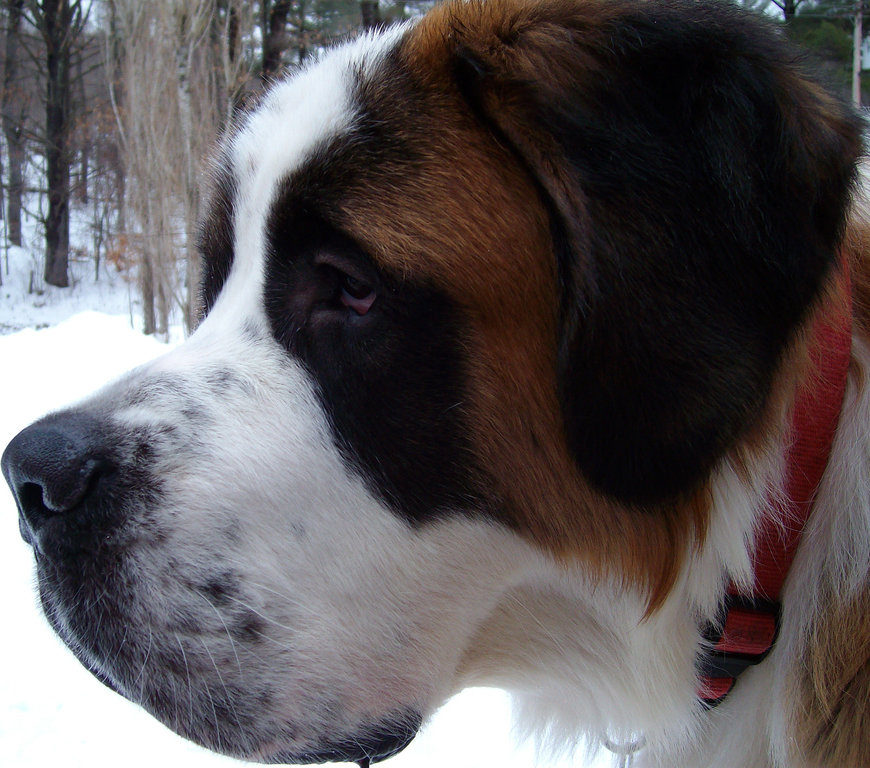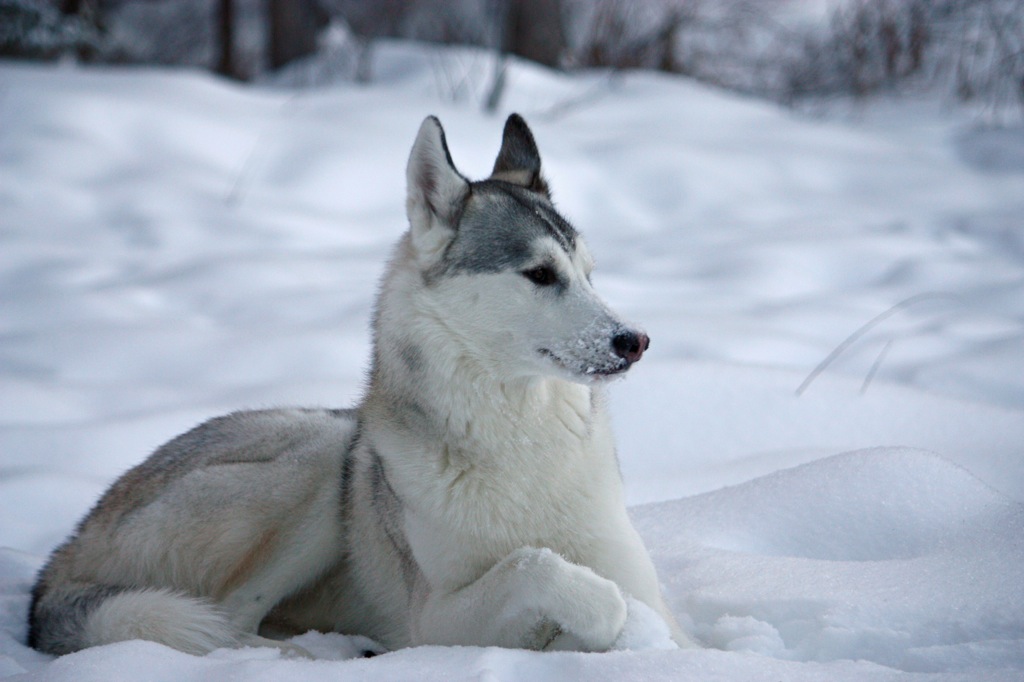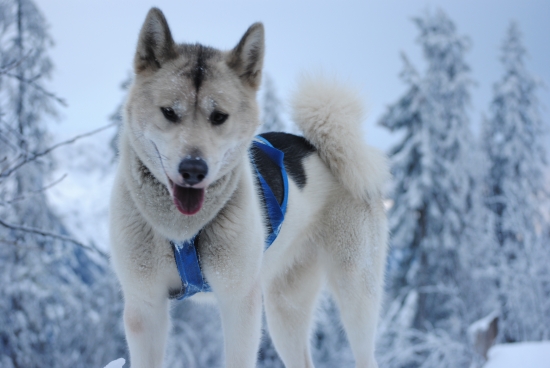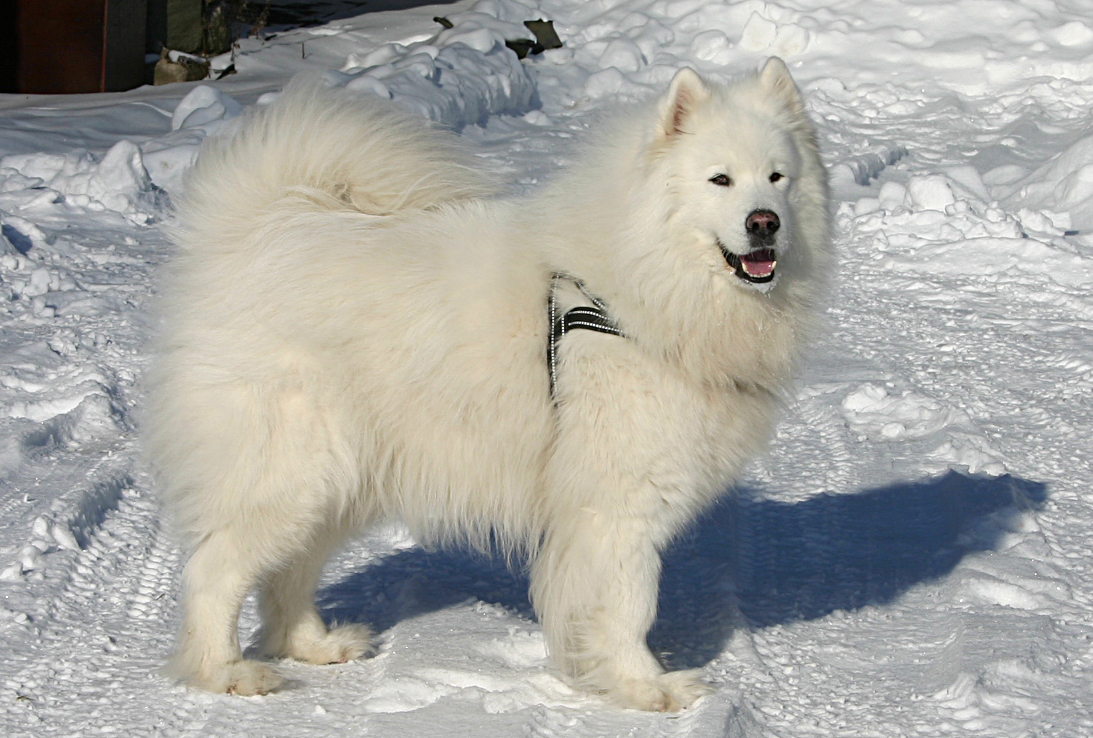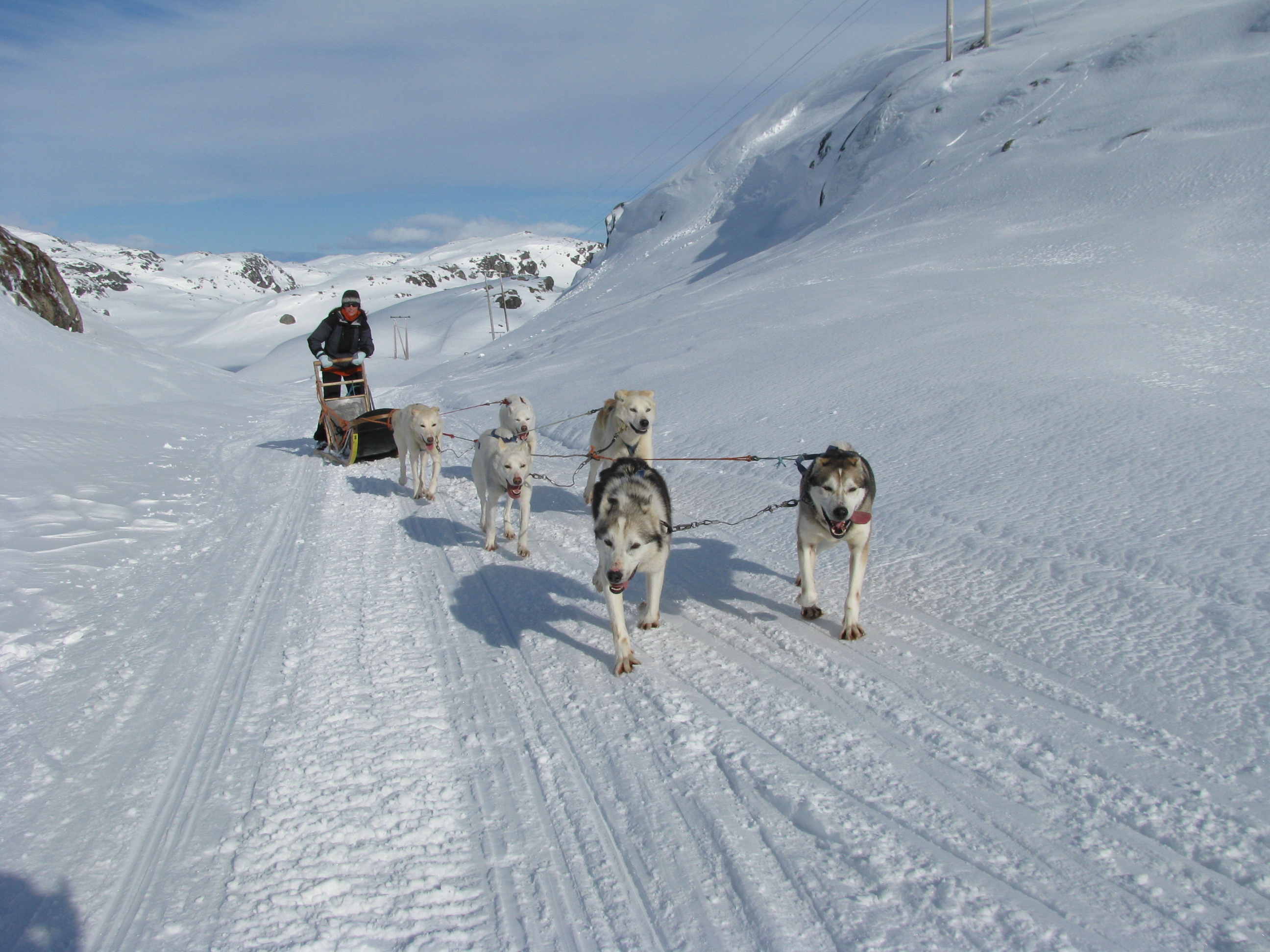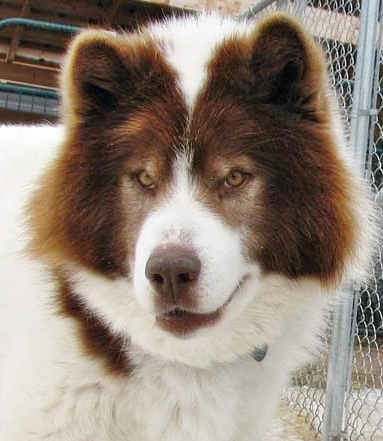It’s hard to imagine we’re coming up on one year of business at Your Pet Space. Wow! But even in the last ten months, we’ve had many many clients ask us variations of questions or present us with situations somewhat dissimilar to those listed on our Frequently Asked Questions Page. So I thought this might be a good place to answer…
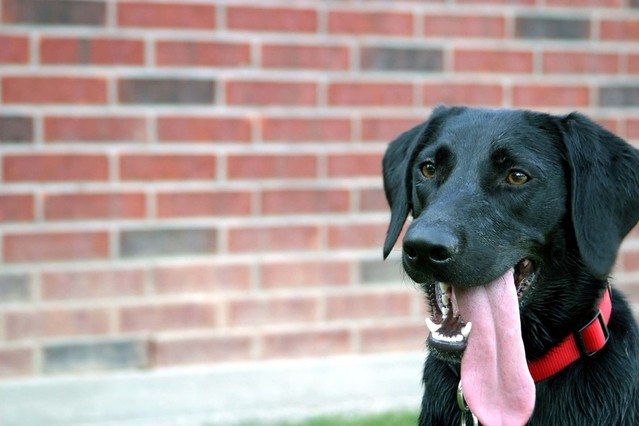
1.) How is Doggy Daycare better than taking my dog to the dog park or letting him loose for a run in the desert?
Well, dog parks are great places–but there can be issues you won’t find here–not usually with the dogs…but with the owners! Because very few owners at the dog park know how to read dog body language, or have any idea how thier dog with react to yours. A dog who has his owner present may feel an urge to protect him, and go into defensive mode. Worst of all, owners sometimes think that–left to their own devices–dogs will just “work it out” when they have an issue. Sadly, this often results in a fight with injury to one or both dogs.
Dogs of different breeds can use various forms of body language to signal things like, “I don’t want to meet you,”, “I feel afraid” or “Let’s play!”. These can often be so different that the other dog doesn’t get the message clearly–somewhat like a speaker I heard at a conference once, telling a story. He was from Spain, and giving a talk in Brazil, where they speak Portuguese. The languages are similar, and yet not exactly the same. He asked in Spanish if he could remove his jacket. Then he realized the attendees were giving him wild looks because in Portuguese he had asked about removing his clothes. Similarly, a dog may think the other dog is signalling a readiness to play, when he’s actually being challenged or warned away.
Can you be safe taking your dog to the dog park? Sure. If you are well versed in how dogs talk to each other with their body language, and your dog stays fairly close to you. And as long as you know when to take your dog home (namely, as soon as you spot another dog whose body language signals spell trouble.)
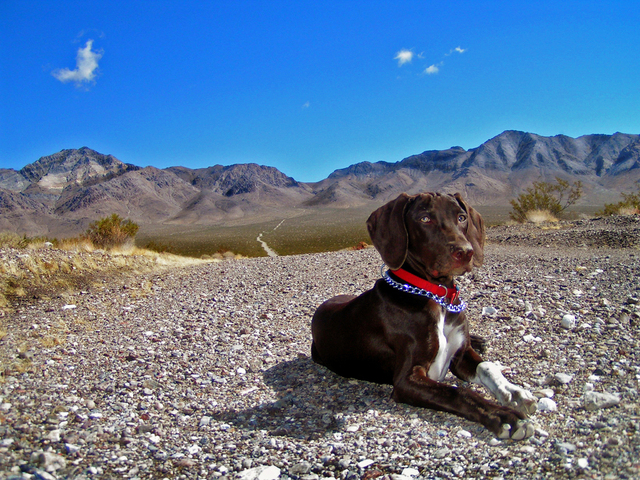
As to the desert… I have spoken with a few clients and acquaintances locally that let their dog run off leash in the desert on a regular basis. Honestly, the idea makes me cringe, as there are so many incidents every year of dogs coming to harm off leash and uncontained in a safe space. Also, even if you think your dog will not leave your side you are really gambling with any instinct that causes them to chase an animal or shy away from an unexpected noise or other event. Please, for the safety of your pet, reconsider this option.
In comparison, doggy daycare at Your Pet Space is supervised by staff well versed in dog body language, (many have graduated or are attending the Animal Companion Program at NMSU), trained in canine First Aid and CPR, and in addition the other dogs playing with your dogs are evaluated on a point value off leash play assessment, so that we know they are very unlikely to be dangerous to your dog. Unlike the desert, there are no rattlesnakes here, either. 😉 And since we have full air and heat inside our building, your pet will be comfortable no matter the weather.

2.) How can I ensure my dog is fed properly when he stays with you?
First, although our FAQ recommends you bring your dog’s own food since it’s easier on their stomach than switching to ours, it’s also important to give us clear instructions on each boarding stay. Why do we ask you do this at every stay? Simple: we may have no idea what changed since we last cared for your dog overnight. Does he have a new allergy or medical condition? Have you changed his food, and therefore the quantity is different? Or is the amount we should give different because your dog has moved from puppyhood to adolescent? Is your dog dieting? It never hurts to double check and see what we have for your pet on our feeding schedule. And of course always give us written instructions in standard measurements–the food scoop you use for your dog may be left behind or not of a standard size…so just saying “1 scoop” isn’t precise. And we so want to get it right! 😉

3.) Why does your form ask so many questions about how my dog behaves and commands he knows?
We ask details about your dog(s) so we can ensure their safety and understand in the way you do what they’re trying to tell us. For instance, if your dog is a digger, climber or chewer we need to know this to make sure they are never in danger. If your dog barks when he is upset instead of whining, we want to know that, so we can reduce his stress.
Although most dog body language is consistent, these details will help us give your dog the best stay possible. And please don’t be embarrassed to tell us your dog has trouble with some commands. We can help! We routinely teach all dogs that come to us to sit and wait before going through gates, and to wait before eating, and we can help if your dog pulls on the leash or jumps up on people, too. Just let us know what you need.

4.) Why do you have doggy naptime? How do you make my dog nap? What if my dog won’t nap? What if I must check in or out during doggy naptime?
In a 6,000 square foot playspace, your active dog could hurt himself running around for the entire day. We have seen large facilities where this happens! One of the facilities we worked with in Ohio also had a three hour time of the day when they were closed and the dogs were sleeping…and when our own dogs came home from there, they were significantly less stressed than at previous facilities. Our prime directive is always to make your dog’s time with us as stress free as possible–and the more closely we stay to a routine your dog would have at home (like taking an afternoon nap), the better we are able to accomplish this.
When we begin naptime, we mimic night by lowering all the lights in the facility, and turning on the “stars” in the Milky Way sleeping area! (Ever noticed the tiny Christmas lights that are over this area?) Since the sleep patterns for dogs are diurnal, most of the dogs will just walk in, pick a comfy bed, and go right to sleep. In fact, many of our regular dogs will line up about 1145am each day and doze in a line along the Milky Way fence–because they know it’s almost time to go in! New dogs usually pace around a few minutes, confused, but when they see everyone else is sleeping, they lie down too and are soon asleep.
Once in awhile, we have a younger or more active doggy guest, or one that has arrived close to naptime, so they have a bit too much energy and would rather play than nap. That’s ok–we just put them in an area away from the Milky Way with a toy or another active dog. And they can have their fun while the others sleep.
Oh! And if you ever have a check in or out that MUST happen during doggy naptime, just call us ahead so we can close for naptime a bit later (preferably no later than 1pm), or open earlier (preferably no earlier than 2pm). This still gives the other dogs a solid naptime, and prevents the upset of everyone being awakened and stressed during the excitement of someone coming in.
I hope these answers have helped clarify some more Frequently Asked Questions. If you think of something else you want to ask, feel free to comment here, e-mail me or call us at Your Pet Space!

Joy Jones, Publisher, is also the Vice President of Your Pet Space, a cage free dog boarding facility serving the greater Las Cruces, NM area. She is also a syndicated columnist living with her husband Dave. When not working on Your Pet Space, she writes a metaphysical column, as well as urban fantasy and humor. You can e-mail her at joy@yourpetspace.info as well as send her a friend request on Facebook.

